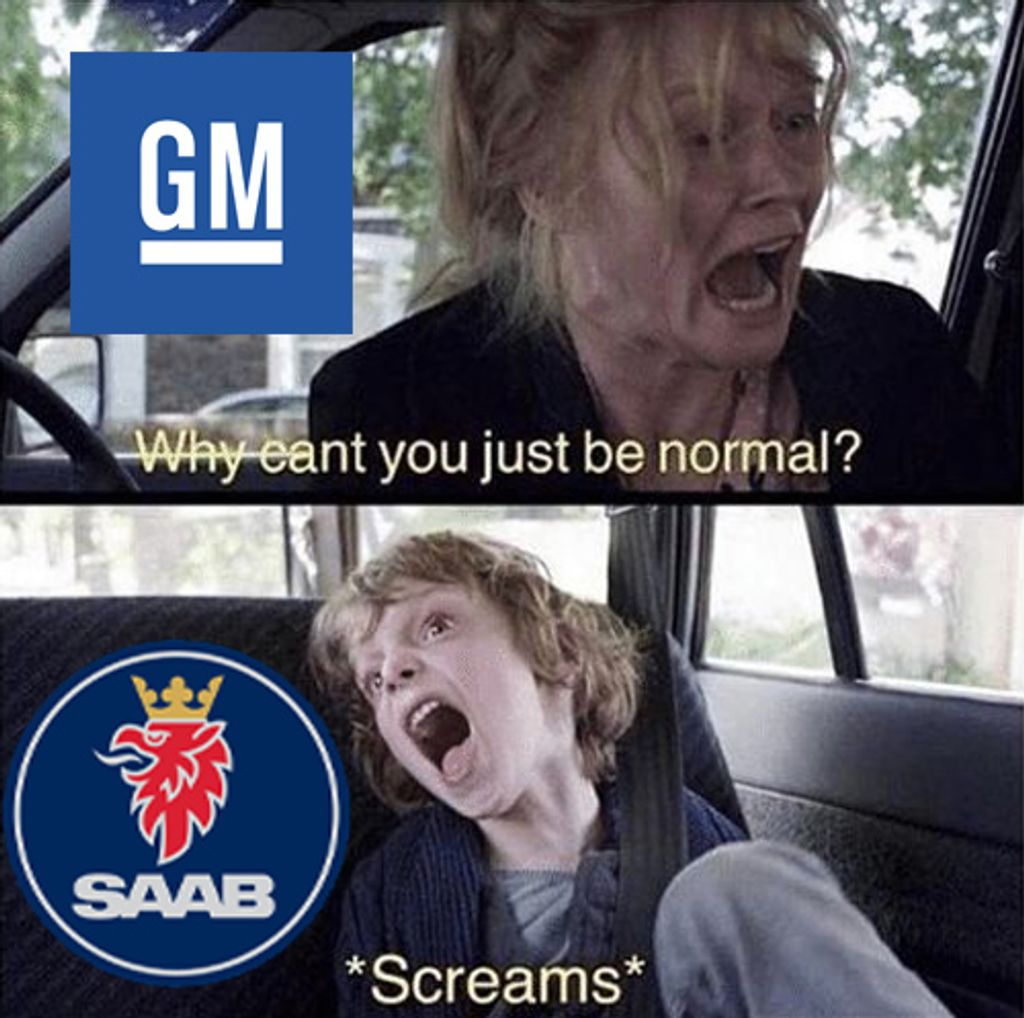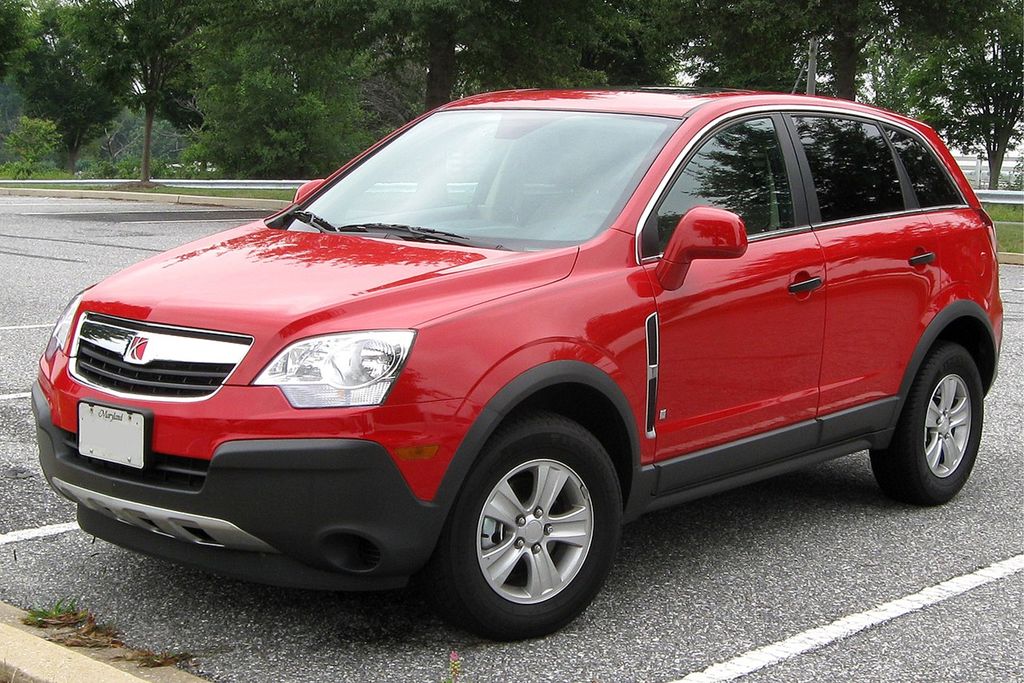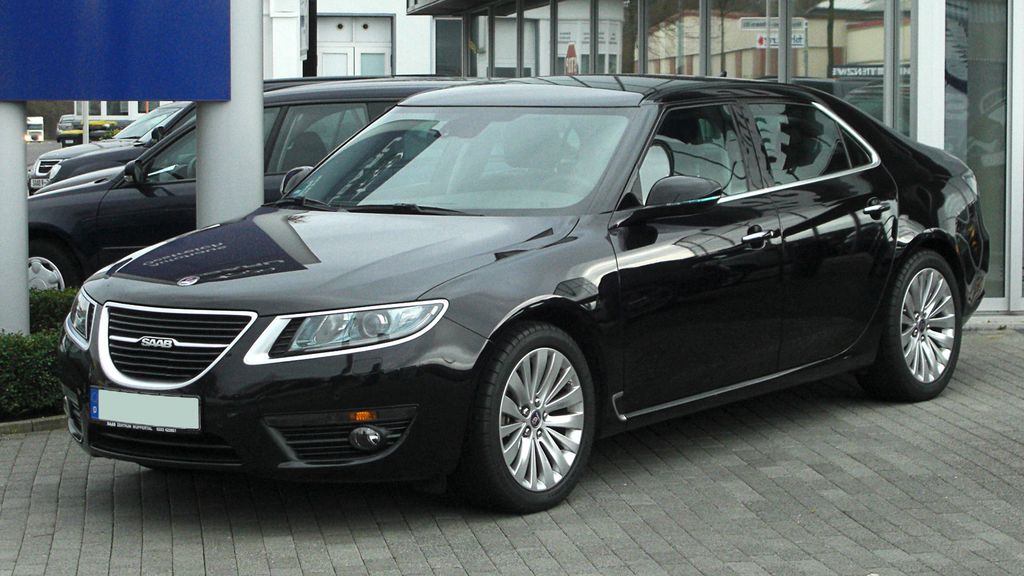There’s something really funny about Saab as a car brand. Sure, it’s been dead for over a decade at this point and is completely irrelevant, but I don’t think there’s an automaker like it today. Saab wasn’t a joke—the Swedish brand produced hundreds of thousands of cars over half a century—but the enthusiasts were definitely in on something.
People say Saab then was like Tesla today: An automaker cut from a different cloth attracting a group of very enthusiastic owners who believe in the company’s mission. With Saab, though, especially in the later years, the enthusiasm got enigmatic.
Case in point: If you don’t believe in Tesla or electric cars generally, there are about a million articles, videos, and other forms of media defending both. Saab never got that. Enthusiasm for the brand was more comfortable on obscure forums, comment sections, or in Vermont.
As a company, the Swedish brand was perpetually a victim, one which owners felt honor-bound to defend. That’s where the enthusiasm came from. But a victim of who or what? The car-buying public, naturally. Peabrains, NPCs, philistines, they were a lost cause not worth engaging.
In later years, the Great Satan became Saab’s parent company, General Motors, which is really the era of Saab’s struggle I like.
If you’ve ever read any of Bob Lutz’s books, or one of our interviews with him on this website, you get the impression that every time the word “Saab” is uttered, his blood pressure spikes. Lutz was responsible for all of GM’s products in the years leading up to the Great Recession, including anything from the Swedish car company.

GM had purchased Saab with the very reasonable intention it would be a profitable part of its European business. The secret was that Saab had never really been profitable, but just like the vehicles’ owners, the company’s top brass didn’t really care.
Requests from Lutz and others to use more components from GM’s bottomless parts bin were met with the strangest design for a cupholder you’ve ever seen in your entire life. The way you know Saab was special—and not in a good way—was that engineers would allegedly even refuse to use GM parts that a customer would never see, like an HVAC system.
That’s dedication to the bit, but it wasn’t a bit at all.
This is where the comparison to Tesla falls flat. In the eyes of owners, Tesla is a glittering knight on a mission to save the planet from the evils of internal combustion. In purchasing one, the enthusiasts are, by extension, a part of this noble quest.
Saab’s enemy wasn’t noble. Its biggest enemy in later years was its own parent company. You could almost imagine every person of responsibility at Saab dry heaving upon seeing the new-for-2008 Saturn Vue, a breathed-on—pissed on—Opel Antara; perhaps the most anonymous car in history. Seeing that vehicle from the brand’s perspective was like staring into the eyes of the devil. It might one day become that. Shudder.

It never really turned into that, though. The enthusiast priesthood would gesticulate wildly—on an obscure forum, a comment section, or in Vermont—about how the company was a shell of its formal self since being bought out. Looking back, though, it was nothing like that.
Right up until GM sold it off to a short list of resuscitators, the brand produced cars like the 9-5 Biopower wagon, which, especially now, seems utterly ridiculous. Exceedingly rare, it was fueled by E85 ethanol, available in front or all-wheel drive, and had a standard manual transmission. Trying to sell a car like that now would be financial suicide, but I’m certain Saab would still try to do it. In fact, both of its most successful models, the 9-5 and 9-3, were available as sedans or wagons with manual transmissions and yes, the most unusual yet intriguing cupholders you’ve ever seen, right up until it died.

Saabs weren’t particularly fast, outwardly appealing, or even very different on paper from the comparable—reprehensible—vehicles Saab enthusiasts derided. But they were still something special.
It is admirable to like cars for what they are, not what they represent. In Saab’s case, it was also pretty funny. It’s the only defunct car company I look back on and laugh about. The enthusiasts and the company itself were in perfect harmony about what they wanted, but they weren’t on a crusade. They were very happy with their fiefdom, long may it prosper, and excursions into the wide unknown were both frowned upon and, from their perspective, unnecessary.
In other words, they weren’t going to talk you into it. You just had to get it.
Read the full article here


